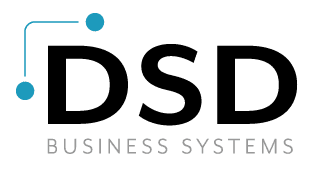Why Make Workforce Management Mandatory
Employee maintenance is always an expensive affair for any company and constitutes nearly 70% of the total operating costs of any organization.
This is exactly where workforce management needs to be applied to improve utilization of the workforce, reduce labor expenses and also to curb absences and other assorted inefficiencies.
Time and time again, it has been seen that those firms that implement workforce management procedures inevitably get the following benefits.
Increased productivity & operational agility: Automated workforce management makes managers more accessible to data, enabling them to make better and quick decisions. They get to assign the right people, having the appropriate skills at the correct time and cost to tackle fluctuating production goals without compromising on quality.
Research shows that those organizations that use automated staff scheduling solutions record a 4% higher utilization of the workforce on an average to have more productivity gains.
Reduced Expenses: By automating work time and pay calculations, errors are not only eliminated but even the most complicated pay rules are precisely and easily implemented.
On top of this, workforce management procedures give the management a complete view of how the workforce is being utilized so that it can schedule workers more effectively while also adjusting staffing levels as and when required. These in turn, dramatically cut labor cost averages because those organizations that optimize workforce management spend on an average 33% less for unplanned overtime.
Curb non-compliance & financial risks through workforce management: For larger corporations particularly, compliance obligations extend beyond national limits. However, gaps in compliance or a lack of transparent compliance records may lead to costly errors.
Efficient workforce management will enable such organizations to easily and quickly demonstrate compliance and mitigate non-compliance risks and costs associated with them.
Improve employee morale: No one wants to be in a low morale situation; they want to be in a happy morale environment like all those sailors were happy at the end of Top Gun when Maverick and Iceman took out those Russian jets, for instance.
Automated management of the workforce improves employee engagement morale by way of enhanced transparency and employer-employee communications. The average employee satisfaction level rises by 11% on an average annually; research shows only 2% for others.
Improve customer satisfaction: A direct correlation exists between customer satisfaction and optimized workforce efficiency. Those organizations that achieve best-in-class performance as far as workforce optimization is concerned to achieve an 18% year-over-year customer satisfaction improvement as against 9% by other companies. Enhanced customer satisfaction also leads to higher brand equity, a crucial component of sustainable growth.
In sum, workforce management helps organizations to reduce labor costs, streamline procedures pertaining to compliances and empowers workers to take better point-in-time decisions that support and achieve business goals.








